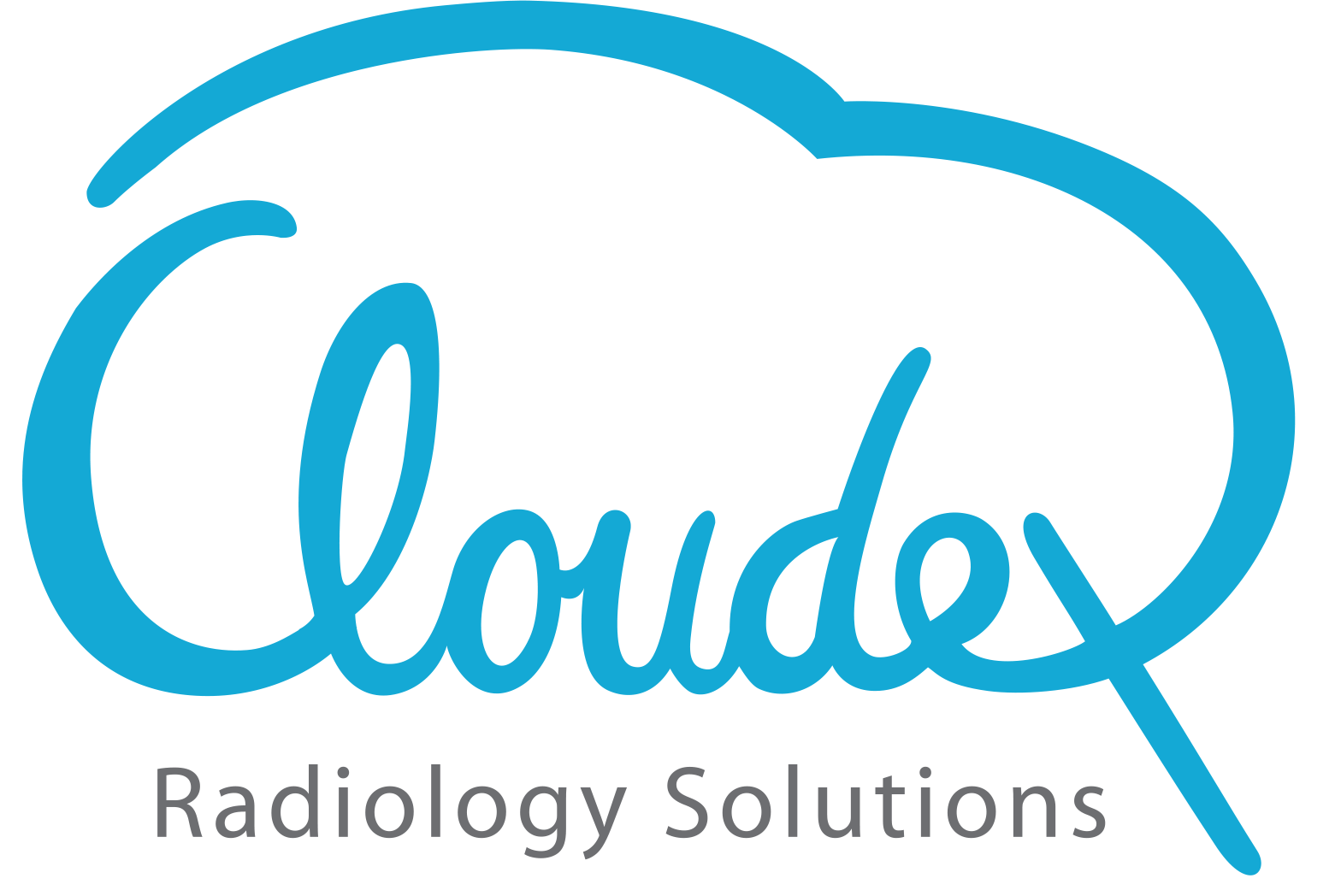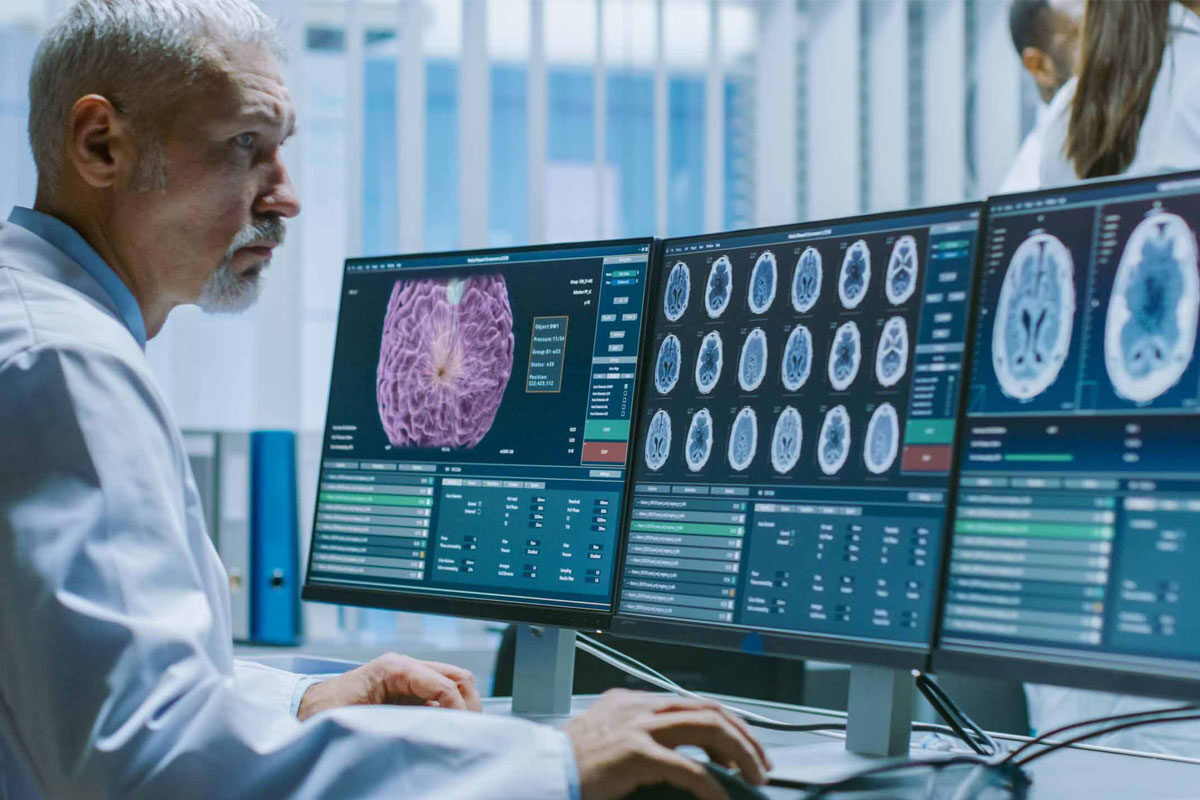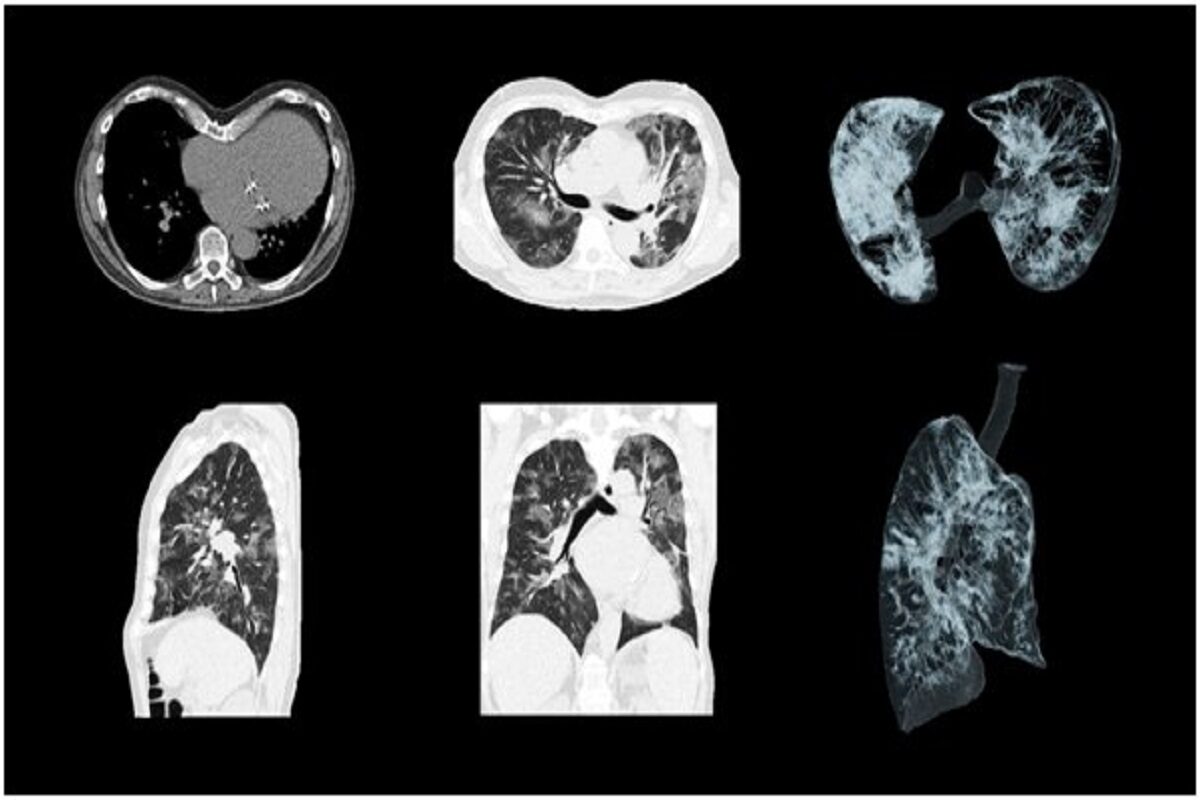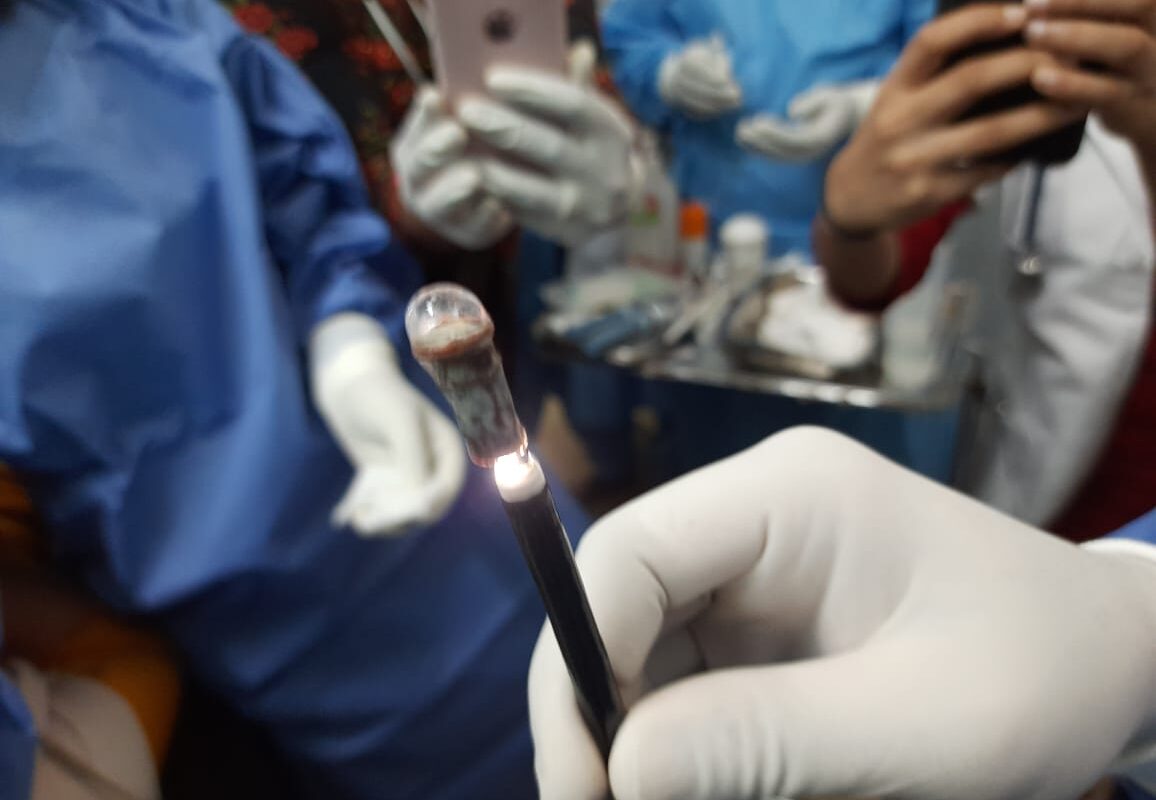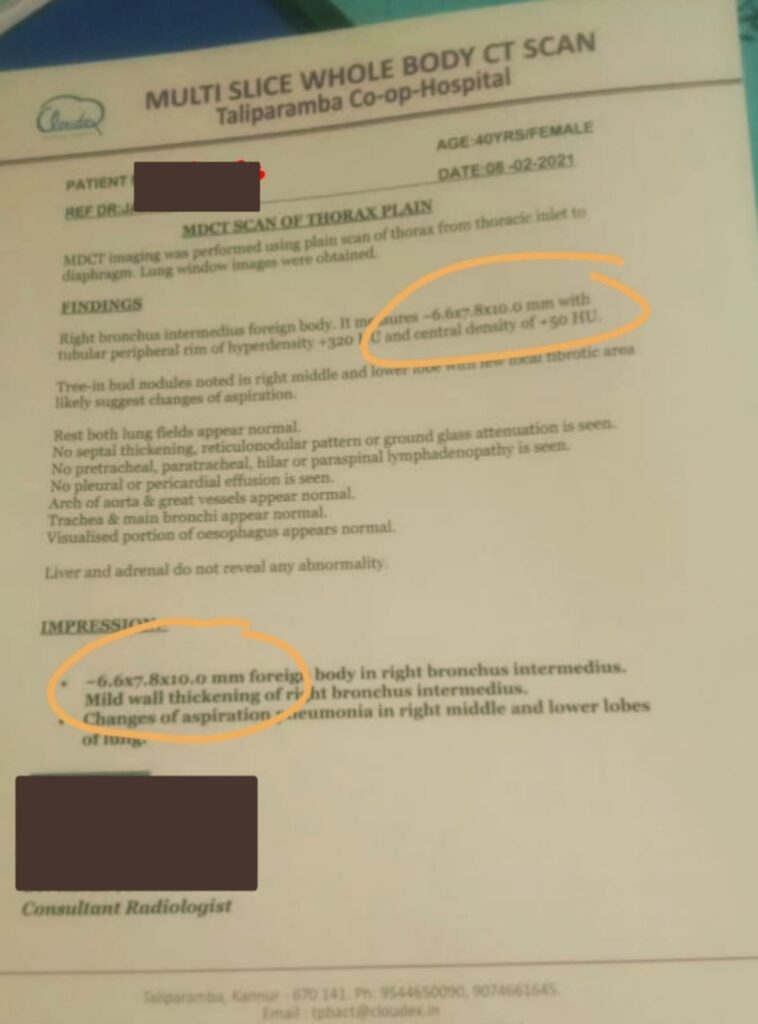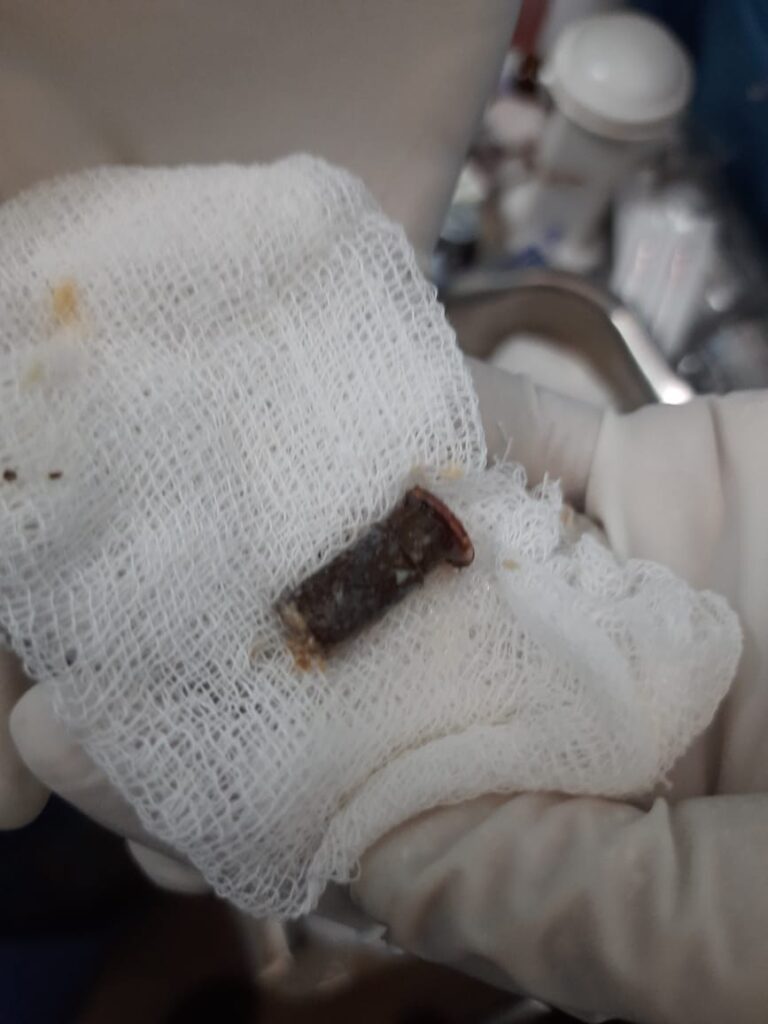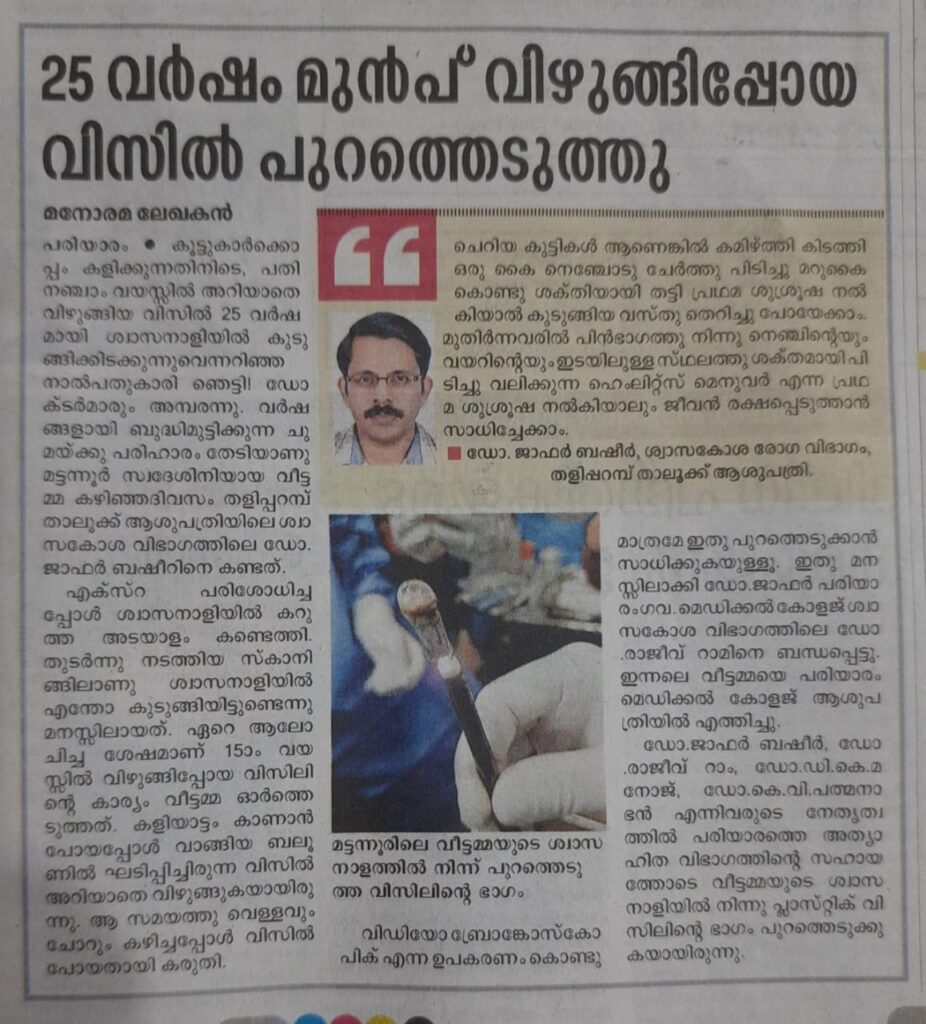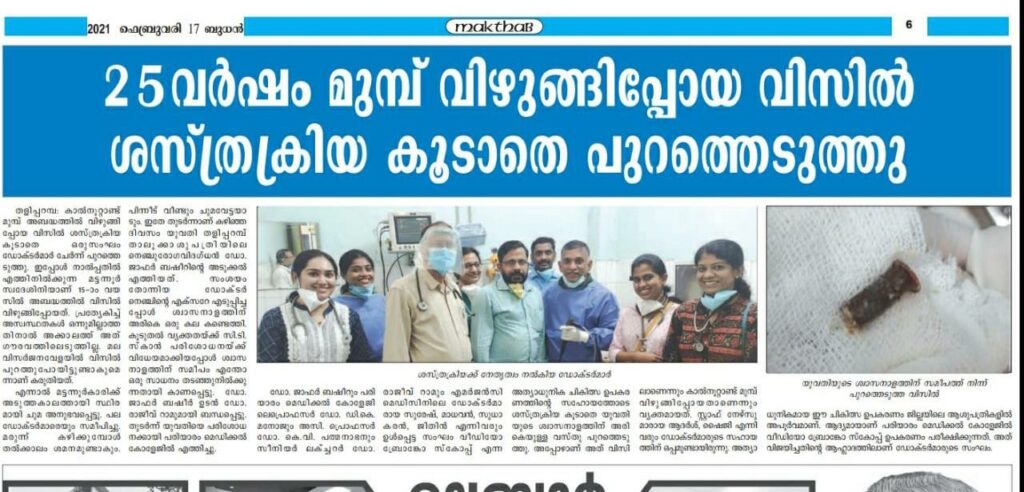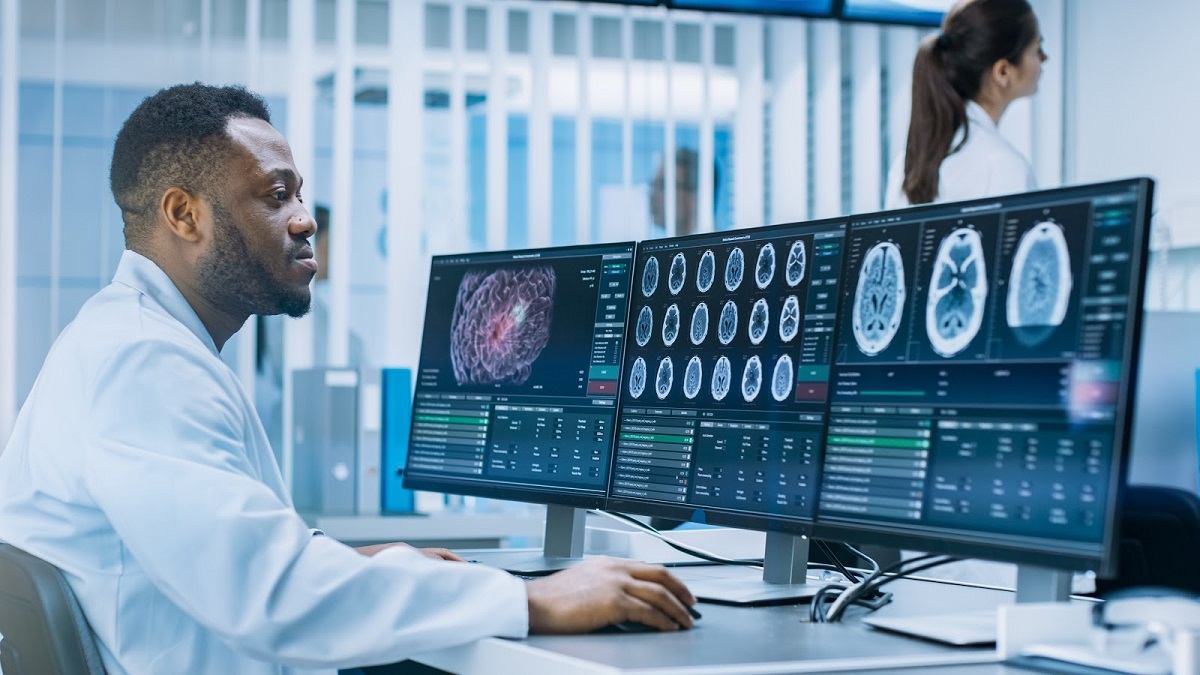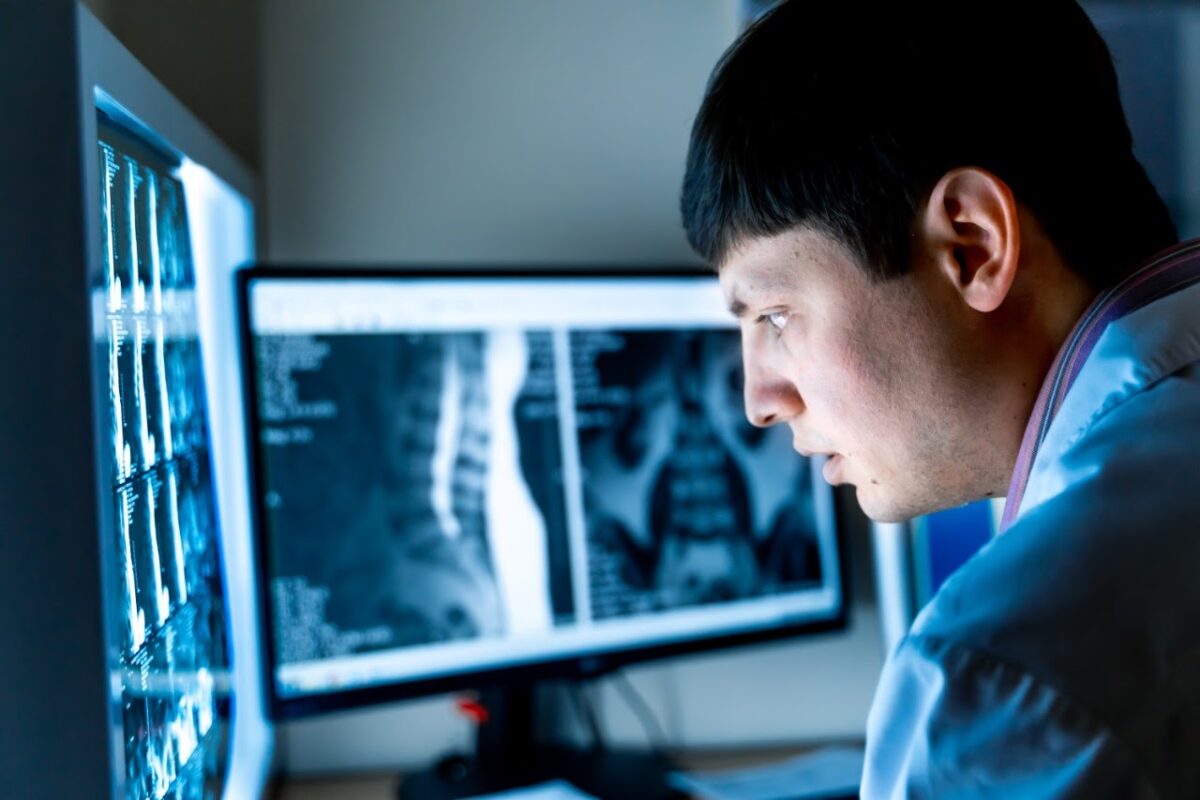Radiology reporting with shorter TAT aided with tele reporting has brought about significant improvement in patient care outcomes in many departments of medical centers. TeleRadiology report plays a crucial role in terms of diagnosis and treatment planning. And sometimes, a few minutes of waiting period feels like long years and one wonders how to overcome those anxious moments of dilemma. Silence prevails on the patient’s side whereas an array of actions happens on the other side for radiology reporting. So, behind the complexity of radiological image interpretation lies an array of actions involving technology, protocols, coordination, communication, expertise which keep happening seamlessly. Many of these are visible in action status at the reporting stations or work stations of radiologists (on-site/off-site).
The radiologist/teleradiologist’s work-station is made up of hardware, software, and appropriate furniture & interiors. Factors like illumination in working space, ergonomics of chair & table to smallest of an object like a mouse which can possibly trigger the discomfort level to radiologists matters in the process. Briefing out these dynamic factors for understanding behind the scene actions in teleradiology –
1. Hardware:
- The dual QHD monitors of size 21 / 30” diagonally equivalent to a 3 or 5 megapixel are used to view the images and write reports simultaneously. This monitor size reduces the need for repeated zooming in or panning out.
- CPU with 8th generation, 16 GB RAM, 1GB GPU memory to match the speed of the image interpretation process of the radiologist.
- V shaped keyboard and optic mouse with a scroll which contours the fit into adult hand providing the ergonomic posture for convenient working.
- Bluetooth enabled headsets helps in audio and dictation.
2. Software:
- PACS provides seamless transmission of images in correct order along with other required supporting health documents.
- DICOM calibration to meet the DICOM standards which ensures the image displayed is perceptually linearized. This software also provides alerts for out-of-compliance issues through emails/notification.
- Notification system alerting the radiologists on an upcoming critical case that needs urgent attention, TAT alarm, call out from other physicians for case discussion/clarification.
Communication platforms contribute in an immeasurable manner. The interaction between the reporting teleradiologist and referring physician is crucial and is a deciding factor and lifesaving in many cases. The alerts/notification / textual or audio messages etc have added speed to the reporting system.
- TAT enhancing voice recognition services add lot of value to teleradiology services. It enables teleradiologist in engaging more time in image interpretation and sparing them from initial drafting of reports with features like Real-time self-editing, formatting, auto-punctuation, and electronic signature. It works as workflow accelerator helping in completing the greater number of image reporting in given time frame.
3. Furniture & Interiors:
- The versatility of working space supports the radiologist’s long working hours. The ergonomics of the furniture like height of a table, lumbar supporting chair with adjustable seat height are important for comfortable viewing and reporting. This subtlety adds in promoting alertness and efficiency.
- Luminance is given special care so as to safeguard radiologists from ocular distress and physical strain. The minimum standards of 350 ccd/m2 is maintained.
4. Connectivity & Server: Speed is the vital part because a lot of activity depends upon it – transmission, downloading, and storage-related rendering or archival of images, interpretation, and reporting of images.
- A dedicated reliable high-speed internet connectivity is maintained. The minimum required internet speed is 512 KBPS-1MBPS whereas the speed of 4-8 MBPS is considered ideal enabling a smooth process for interpretation & reporting, and desirable speed is above 25 MBPS for interpretation of large image data set.
- The whole process is supported through cloud computing or a quality-controlled web server
5. Cybersecurity: The infrastructure of PACS & DICOM are build keeping in mind the various guidelines provided by HIPPA/FDAs which are further integrated or upgraded with mitigation measures decided by the Teleradiology companies as company policy or SOP decided upon with their clients. Some of the well-known measures are selective encryption of the DICOM header/files, transport security, image de-identification, water-marking or digital signatures, and access to the system thru assigned user ID/password, etc.
Cloudex’s user-friendly work stations delivering customer satisfying results
At Cloudex, reporting stations are configured involving lots of detailing to ensure that teleradiologists are able to concentrate on interpretation and reporting without any distractions/interruptions and operational issues. The reporting platforms are integrated with various software like voice-recognition dictation, multimedia communication, notification apart from the latest PACS & case managing RIS. Importance is also given to illuminance, work-space comfort, sitting ergonomics, monitor configuration for maintaining teleradiologit’s optimal concentration and efficiency. We invest beyond infrastructure too for creating a conducive environment that is free from administrative burdens or logistical hurdles for teleradiologists. The organization’s emphasis on accuracy of reporting without a miss at required TAT facilitates in winning the confidence of referring Physician and scoring high on service satisfaction score.
Cloudex with its wide range of teleradiology services – Emergency, Subspecialty, Nighthawk, Round-the-clock, Weekend / Holiday, Second Opinion; enables the referring physician or medical center in having an edge of being quick, effective, and efficient in delivering patient care. At Cloudex, we support you to have that winning edge.
